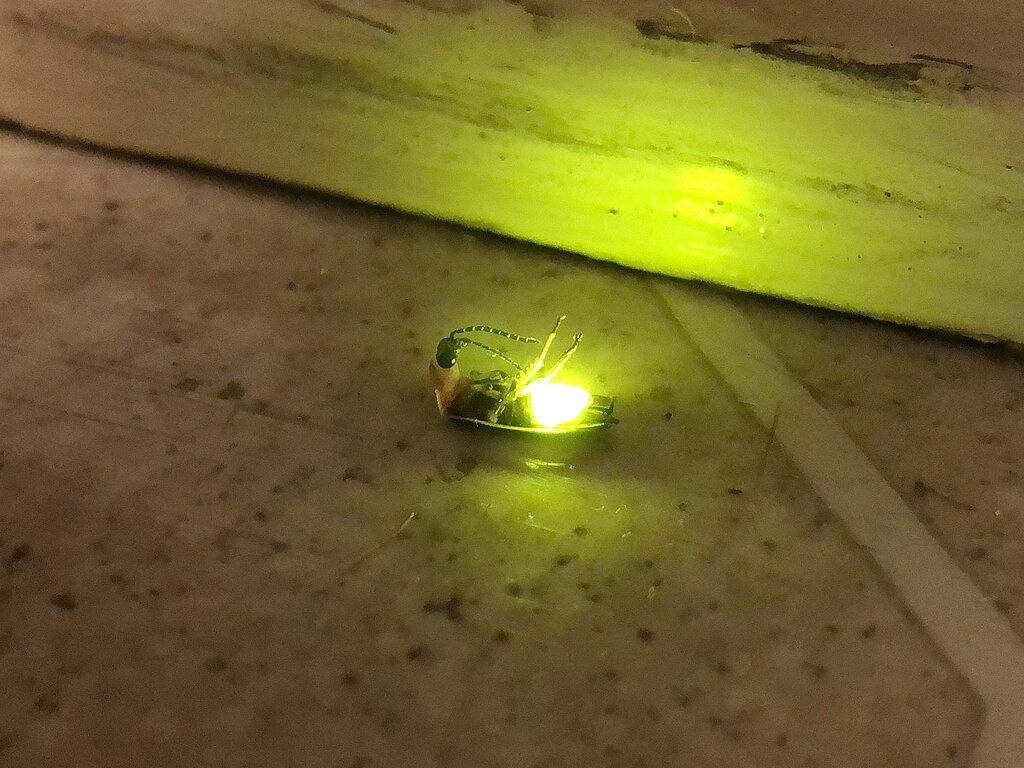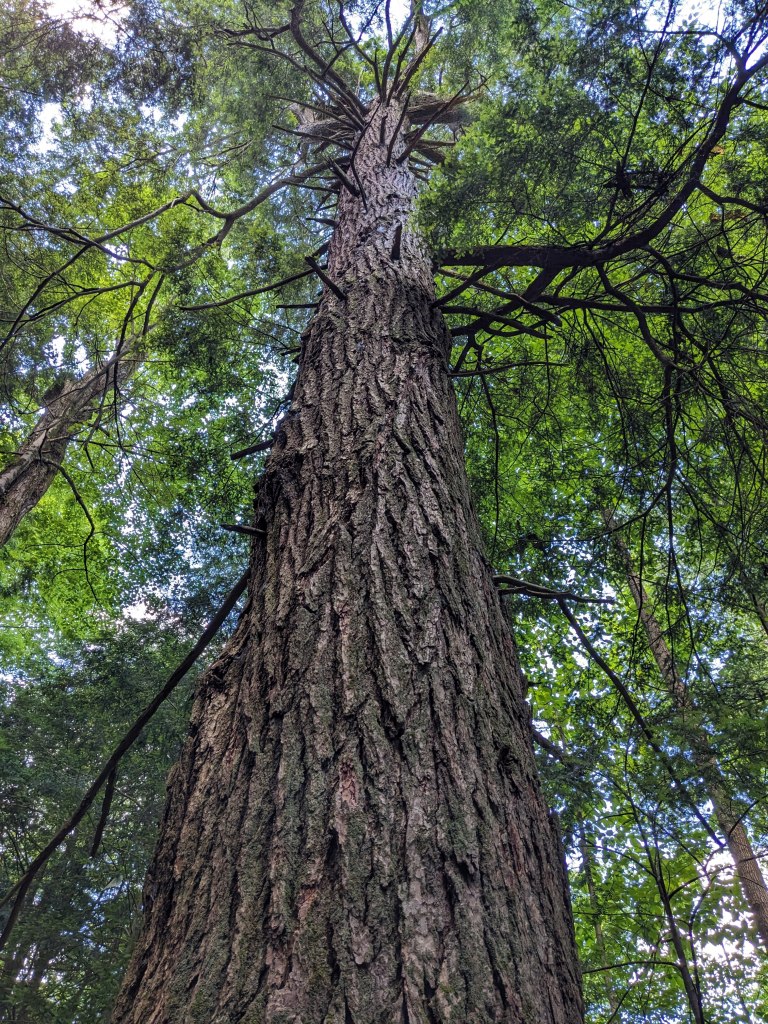
8 July 2024
Eight of us gathered yesterday morning, 7 July, to look for birds at Duck Hollow. Alas, I forgot to take a group photo.
It was hot.
We stuck to the shade and saw two fly-by ospreys and a host of juvenile songbirds. We also saw a Best Insect — the powdered dancer (Argia moesta) damselfly pictured above — and a Best Mammal sighting of two juvenile muskrats (Ondatra zibethicus) swimming in Nine Mile Run creek.
We learned about the immature plumage of northern rough-winged swallows (Stelgidopteryx serripennis) when several perched on a wire and one turned its back. Through binoculars you can identify immature birds by their reddish-brown wing bars. Click here to see.

We also saw two juvenile northern mockingbirds (Mimus polyglottos) — a first for me.

In 90 minutes we tallied 23 species. It was hot and getting hotter so we went home.
Duck Hollow, Allegheny, Pennsylvania, US
Jul 7, 2024 8:30 AM – 10:00 AM
23 species
Canada Goose (Branta canadensis) 30 — Youngsters w adults. Adults flightless.
Mallard (Anas platyrhynchos) 6
Mourning Dove (Zenaida macroura) 1
Chimney Swift (Chaetura pelagica) 15
Ruby-throated Hummingbird (Archilochus colubris) 1
Killdeer (Charadrius vociferus) 1
Herring Gull (Larus argentatus) 1
Great Blue Heron (Ardea herodias) 1
Turkey Vulture (Cathartes aura) 1
Osprey (Pandion haliaetus) 2
Cooper’s Hawk (Accipiter cooperii) 1
Belted Kingfisher (Megaceryle alcyon) 1
Downy Woodpecker (Dryobates pubescens) 3
Blue Jay (Cyanocitta cristata) 6
Northern Rough-winged Swallow (Stelgidopteryx serripennis) 14 — At least 3 immatures
Carolina Wren (Thryothorus ludovicianus) 3
Northern Mockingbird (Mimus polyglottos) 4 — Two juvenile birds
American Robin (Turdus migratorius) 12
American Goldfinch (Spinus tristis) 6
Song Sparrow (Melospiza melodia) 3
Orchard Oriole (Icterus spurius) 1
Red-winged Blackbird (Agelaius phoeniceus) 5
Northern Cardinal (Cardinalis cardinalis) 4
View this checklist online at https://ebird.org/checklist/S185899887
Thanks to Charity Kheshgi for the photos.







































